Stomach — Illustration
L
2000 × 1339JPG6.67 × 4.46" • 300 dpiStandard License
XL
6120 × 4096JPG20.40 × 13.65" • 300 dpiStandard License
super
12240 × 8192JPG40.80 × 27.31" • 300 dpiStandard License
EL
6120 × 4096JPG20.40 × 13.65" • 300 dpiExtended License
The stomach is a muscular, hollow, dilated part of the digestive system which functions as an important organ of the digestive tract in some animals, including vertebrates, echinoderms, insects (mid-gut), and molluscs.
— Illustration by Edustock- AuthorEdustock

- 66194327
- Find Similar Images
- 4.5
Stock Illustration Keywords:
- muscular system
- internal
- curvature
- empty
- organ
- canal
- isolated
- duodenum
- human
- digest
- body
- fundus
- tissue
- esophagus
- system
- mucosa
- muscle
- symbol
- healthy
- scientific
- painting
- sphincter
- white
- medical
- esophageal
- cross
- layer
- people
- icon
- gut
- anatomical
- antrum
- pyloric
- section
- background
- medicine
- digestive
- health
- oblique
- anatomy
- digestion
- cardia
- clipart
- illustration
- cartoon
- stomach
- drawing
- science
Same Series:
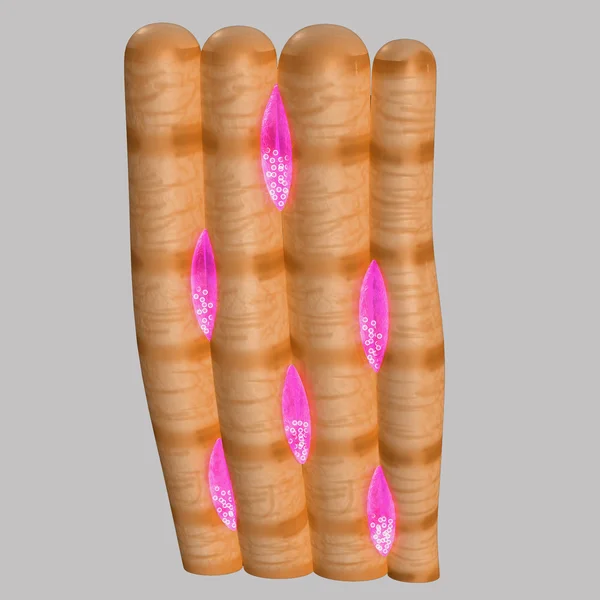
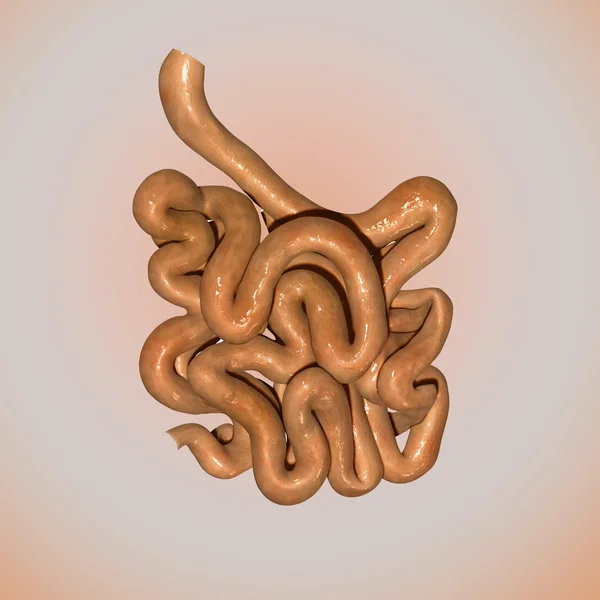
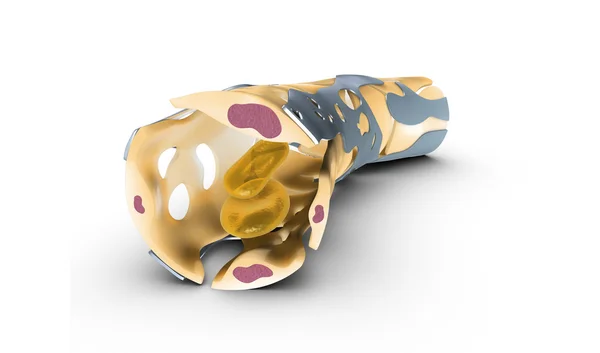
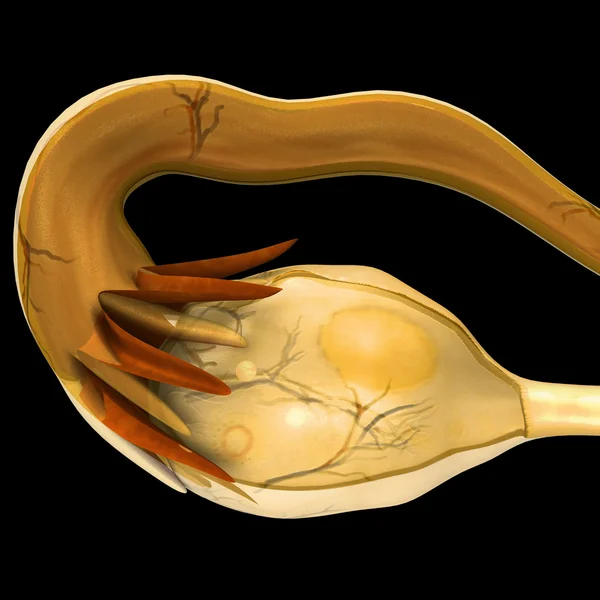
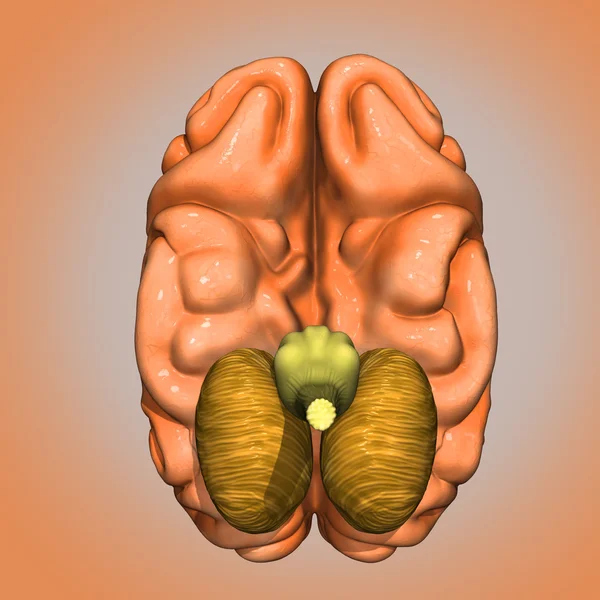
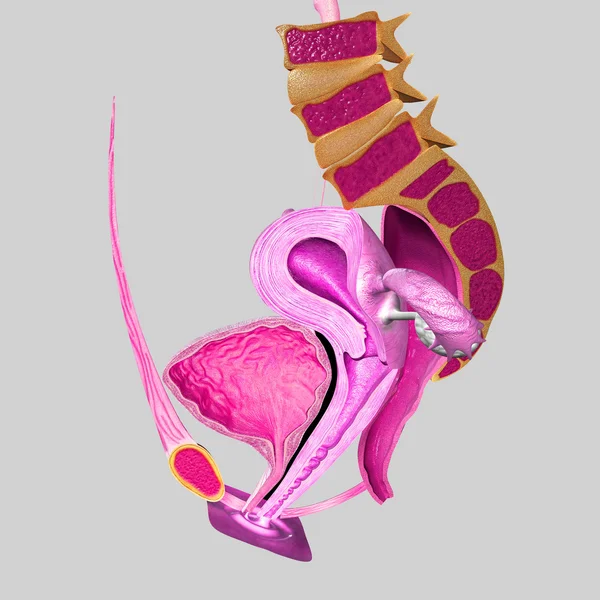
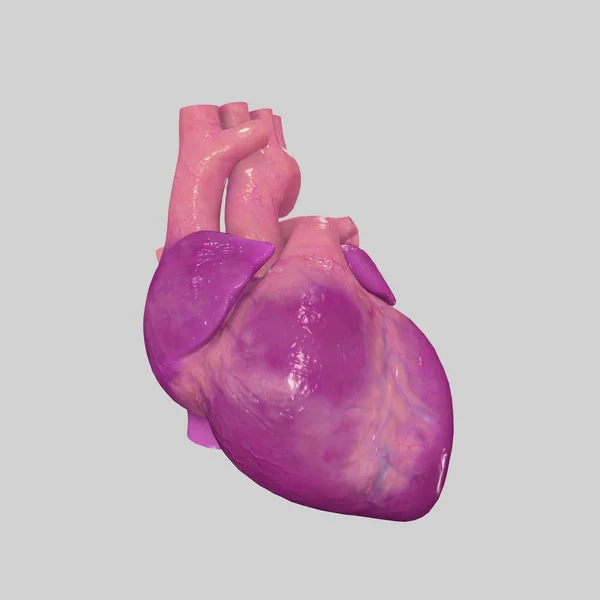
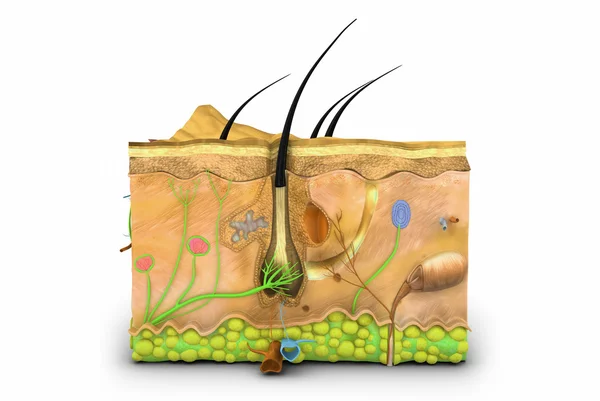
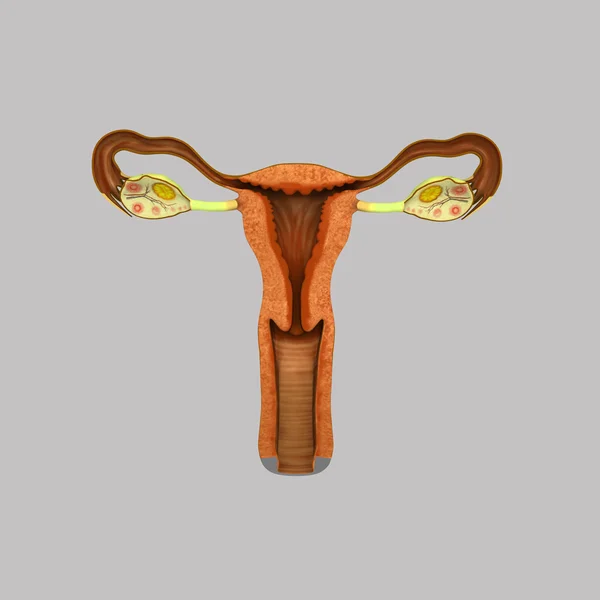
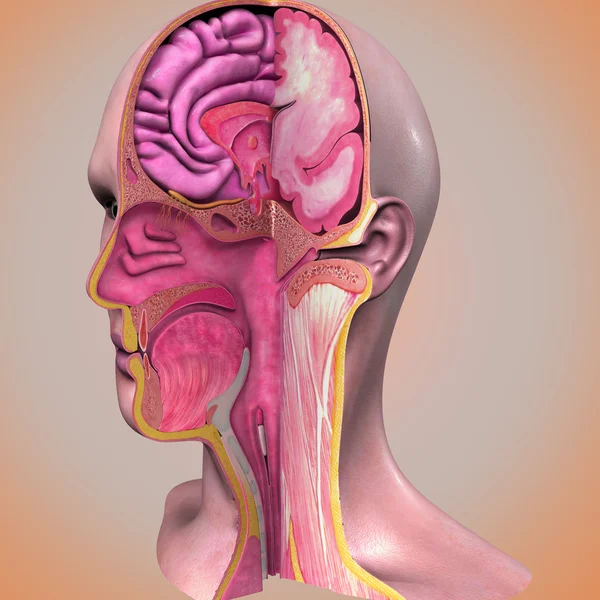
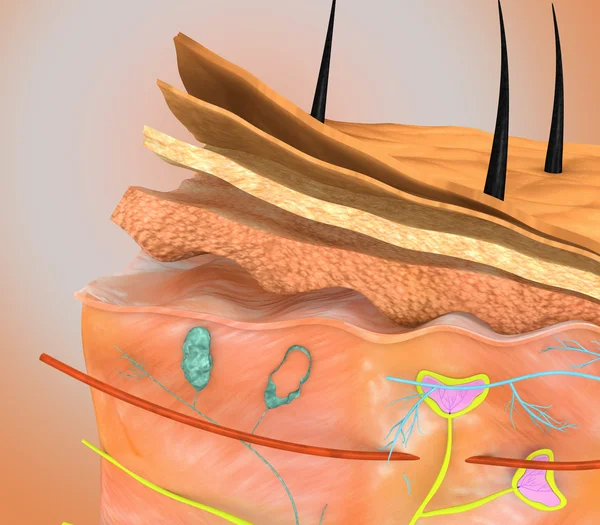
Similar Stock Videos:
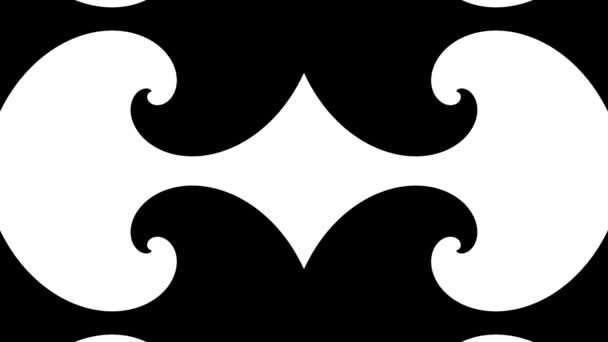

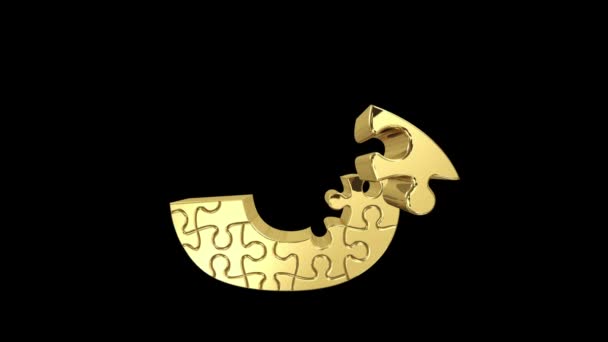



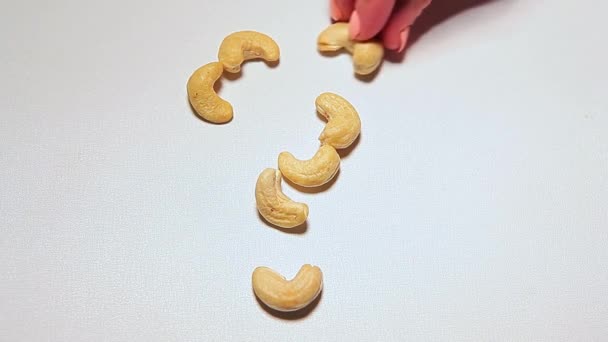





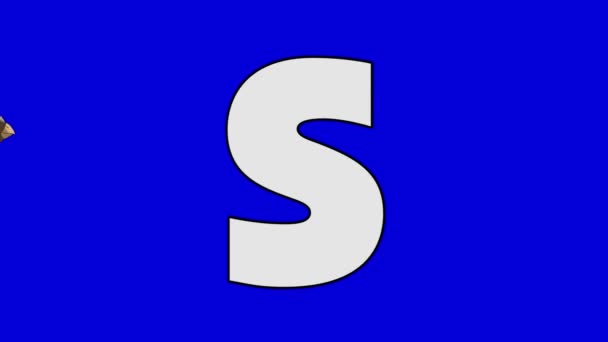
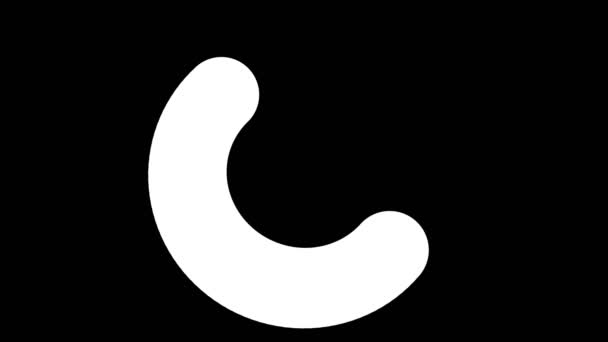


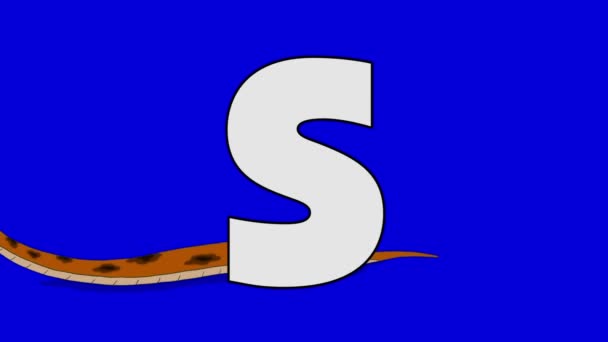
Usage Information
You can use this royalty-free illustration "Stomach" for personal and commercial purposes according to the Standard or Extended License. The Standard License covers most use cases, including advertising, UI designs, and product packaging, and allows up to 500,000 print copies. The Extended License permits all use cases under the Standard License with unlimited print rights and allows you to use the downloaded stock illustrations for merchandise, product resale, or free distribution.
You can buy this illustration and download it in high resolution up to 6120x4096. Upload Date: Mar 1, 2015
